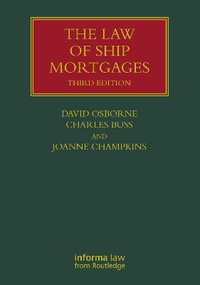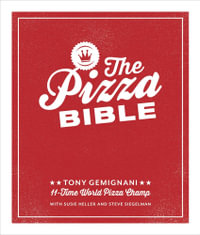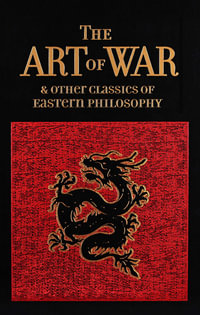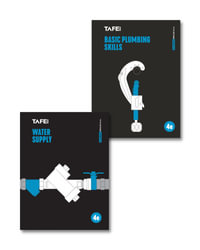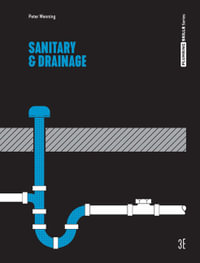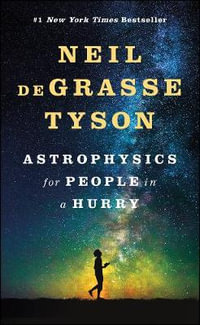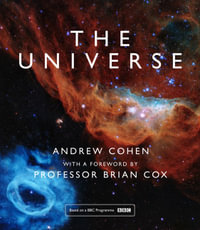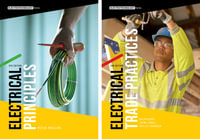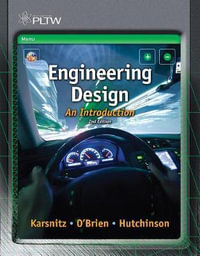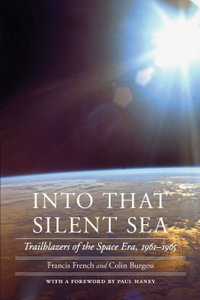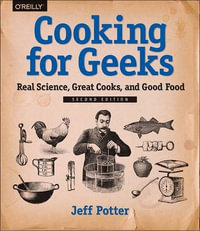| Series introduction | p. ix |
| Acknowledgements | p. xi |
| Introduction and background | p. xiii |
| Context | p. 1 |
| Sound generation and recording in the twentieth century | p. 3 |
| Setting the context | p. 4 |
| The effect of technology on sound production | p. 4 |
| Musical changes from 1900-1950 | p. 5 |
| Early systems for electronic sound generation | p. 9 |
| Development of recording technology | p. 12 |
| Electronic music studios | p. 14 |
| Live electronic music | p. 16 |
| Synthesisers | p. 17 |
| Digital sound | p. 21 |
| The performance interface | p. 23 |
| Digital computers with performance interfaces | p. 24 |
| The digital revolution | p. 26 |
| Performance instruments in the MIDI age | p. 29 |
| The microcomputer | p. 31 |
| Systems for capturing performance gesture | p. 33 |
| Interactive music environments | p. 35 |
| Summary | p. 37 |
| Sounds and signals | p. 39 |
| Sound and signals in music technology and digital audio | p. 41 |
| The electrical analogue of acoustic signals | p. 42 |
| The nature and content of signals | p. 43 |
| The effect of linearity and gain on the transmission of signals | p. 52 |
| The effect of frequency response on the transmission of signals | p. 55 |
| Summary | p. 59 |
| Digital audio | p. 61 |
| Preparation: frequency translation | p. 62 |
| The sampling process | p. 66 |
| Pulse code modulation (PCM) systems | p. 72 |
| Characteristics of digital audio systems | p. 77 |
| Synthetic audio systems | p. 82 |
| Summary | p. 89 |
| Music technology systems | p. 91 |
| MIDI: connecting instruments together | p. 93 |
| Musical background | p. 94 |
| The environment from which MIDI emerged | p. 95 |
| The development of MIDI | p. 96 |
| Designing instrument connections | p. 98 |
| The MIDI specification - hardware | p. 99 |
| The MIDI specification - messages | p. 100 |
| Format and construction of MIDI messages | p. 104 |
| Extensions to the original MIDI specification | p. 111 |
| Limitations of MIDI | p. 114 |
| The future of instrumental connections | p. 115 |
| Summary | p. 116 |
| The structure of common music technology systems | p. 118 |
| Types of electronic music equipment | p. 119 |
| Methods of digital sound generation | p. 124 |
| Methods of digital sound processing | p. 129 |
| Digital sound generation techniques | p. 130 |
| Digital sound processing techniques | p. 138 |
| Summary | p. 167 |
| Computer fundamentals | p. 169 |
| An introduction to digital logic | p. 171 |
| Elementary logic and binary systems | p. 171 |
| Combinatorial logic and logic gates | p. 172 |
| Functional description of the operation of gates | p. 176 |
| Some simple examples of combinatorial logic circuits | p. 177 |
| Sequential logic | p. 178 |
| Summary | p. 182 |
| Computers and programs | p. 183 |
| The essential architecture of a computer system | p. 184 |
| A look inside the central processing unit | p. 188 |
| The representation of instructions in a computer | p. 194 |
| The representation of data in a computer | p. 200 |
| The components of programs | p. 204 |
| Conditional branching and the program status word | p. 207 |
| Subroutines and stacks | p. 209 |
| Summary | p. 216 |
| Interfacing: the use of the computer as a component | p. 217 |
| Interfacing from the point of view of the programmer | p. 218 |
| Interfacing from the point of view of the processor | p. 220 |
| Interfacing from the point of view of the interface | p. 220 |
| Parallel and serial ports | p. 224 |
| Digital to analogue, and analogue to digital conversion | p. 226 |
| Polled, interrupt driven and direct memory access (DMA) interfaces | p. 231 |
| The Texas Instruments TMS320C30 Digital Signal Processor (DSP) | p. 238 |
| The MIDI interface | p. 242 |
| PC sound cards | p. 245 |
| Summary | p. 247 |
| Programming for sound generation and processing | p. 251 |
| Computer programming for musical applications | p. 253 |
| The need for computer programming | p. 254 |
| Types of programming language | p. 254 |
| Structured programming for music | p. 258 |
| Programming at control rate | p. 259 |
| Data generation and output | p. 261 |
| Data input and transformation | p. 268 |
| Summary | p. 271 |
| Programming for audio and visual synthesis | p. 273 |
| Programming at audio rate | p. 274 |
| The unit generator concept | p. 274 |
| Programming libraries | p. 275 |
| MIDAS | p. 276 |
| Audio synthesis and signal processing examples | p. 279 |
| Programming for audio-visual synthesis | p. 290 |
| Summary | p. 295 |
| Interface design for the future | p. 297 |
| Designing the musician-machine interface | p. 299 |
| Human-computer interaction | p. 300 |
| Styles of interface | p. 300 |
| Models of user interaction | p. 304 |
| User interfaces in computer music | p. 307 |
| Suggested areas of change | p. 310 |
| Design exercise | p. 315 |
| Summary | p. 326 |
| Index | p. 327 |
| Table of Contents provided by Syndetics. All Rights Reserved. |





